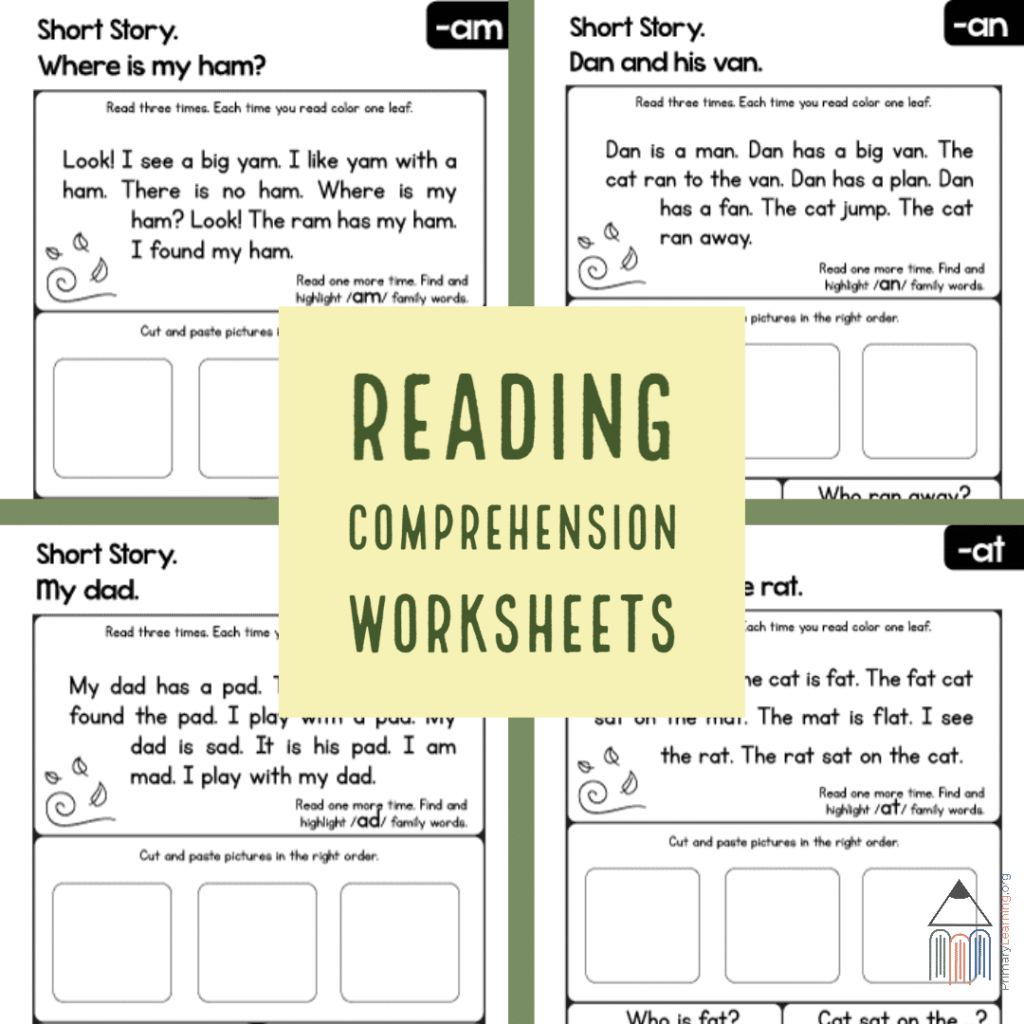The initial years of a child’s learning are focused on developing reading skills. As children become better readers, their writing and communication abilities also improve. However, it takes a huge amount of patience, understanding, and effort from both teachers and parents to support children in reaching this stage of development. The way you teach the reading process helps build their foundation in language. Generally, students in Grades K–5 need to be introduced to phonics, phonemic awareness, vowel teams, word families, compound words, and many other elements in a structured manner that the Science of Reading backs. For this, you have to choose the right tools, such as well-crafted worksheets.
When it comes to reading comprehension and other exercises, many people wonder whether children benefit more from fiction or nonfiction stories. Do you also face the same dilemma? The K-5 learning process needs to be comprehensive. That means it’s important to expose children to both fiction and nonfiction stories early on, as long as it’s done in a balanced way. Each type of story teaches children a unique set of skills.
The benefits of reading fiction stories
Creative stories encourage children to infer results based on what they understand from the various clues given in them. They stimulate their imaginative power. Children feel naturally excited about the characters, how they look, and what they do. They also try to figure out their motivations through their analytical skills and social cues. According to credible studies, fictions also help modify their views as they relate to the characters at a deeper level. Fictional characters resonate with them emotionally, and this emotional connection tends to influence their social behavior. Some renowned neuroscientists and psychologists believe that children learn to be kind.
The benefits of reading nonfiction stories
Just as fiction, nonfiction stories add value to every child’s learning by fostering their critical thinking. With these stories, you can satisfy their genuine curiosities about things around them and make them use their research skills. Since these stories contain real-life events and facts, children also find it easy to connect with the real-world situations they face in their daily lives. They enrich their personal experiences. Whether you want to teach them about a particular insect, animal, tree, leaves, or an event, nonfiction stories can be the best tool. Today, you get worksheets that also feature beautiful but minimal images on a page. It simplifies the process of reading for them, even though the subject can sound slightly complex.
Hence, it can be worthwhile to give children workbooks that include both fiction and nonfiction content centered around a specific language component, making their learning more enjoyable. Both of these story types increase vocabulary. As they keep reading more of them, their familiarity with new words also improves, giving them a unique level of confidence. So, if you want to teach a specific concept in language or reading fluency, provide children with books that match their level of understanding and offer a balanced mix of fiction and nonfiction stories. Please make sure the themes of the books align with what you’ve taught them, so they can begin reading with a sense of comfort. Since good workbooks also include multiple-choice questions, you can easily gauge whether your child is on the right track.






